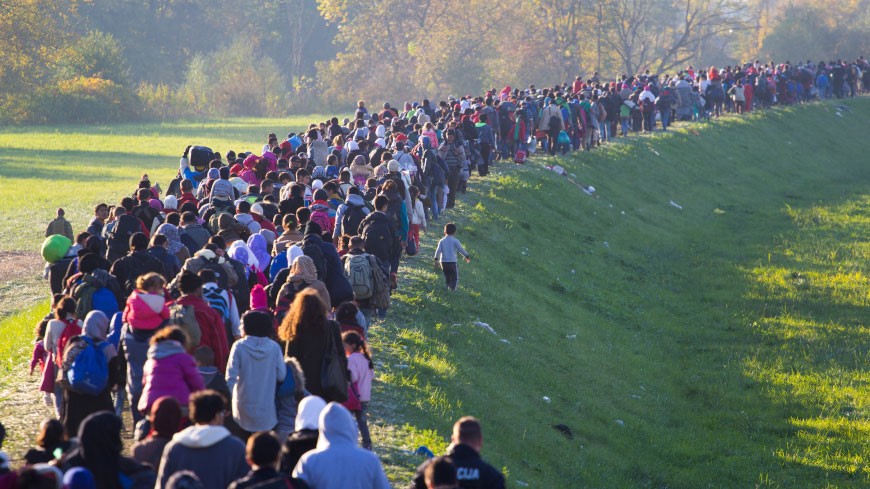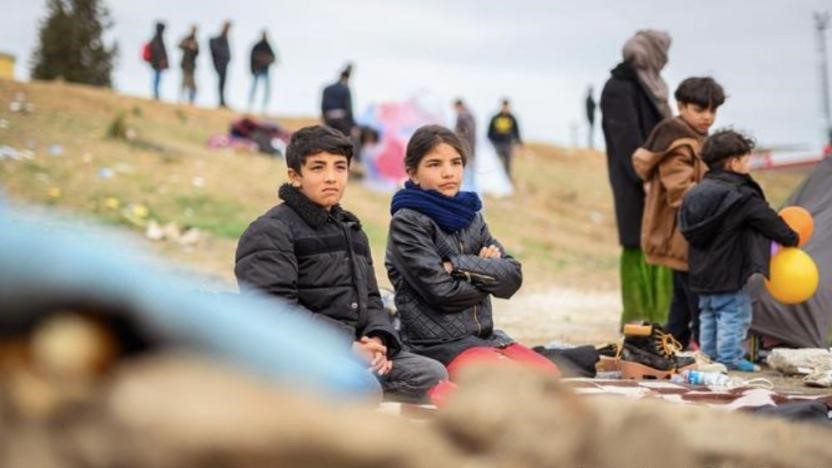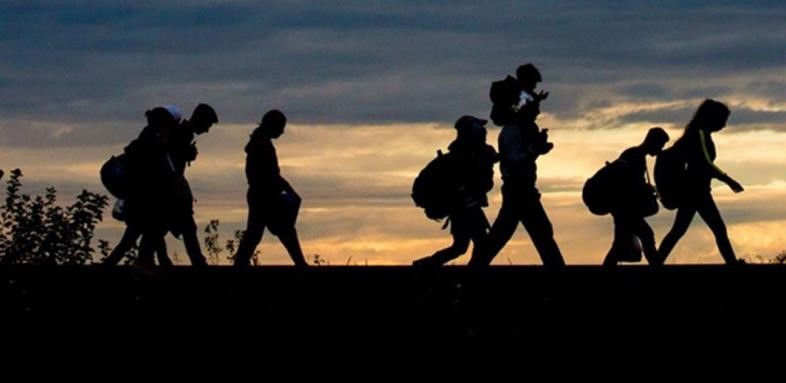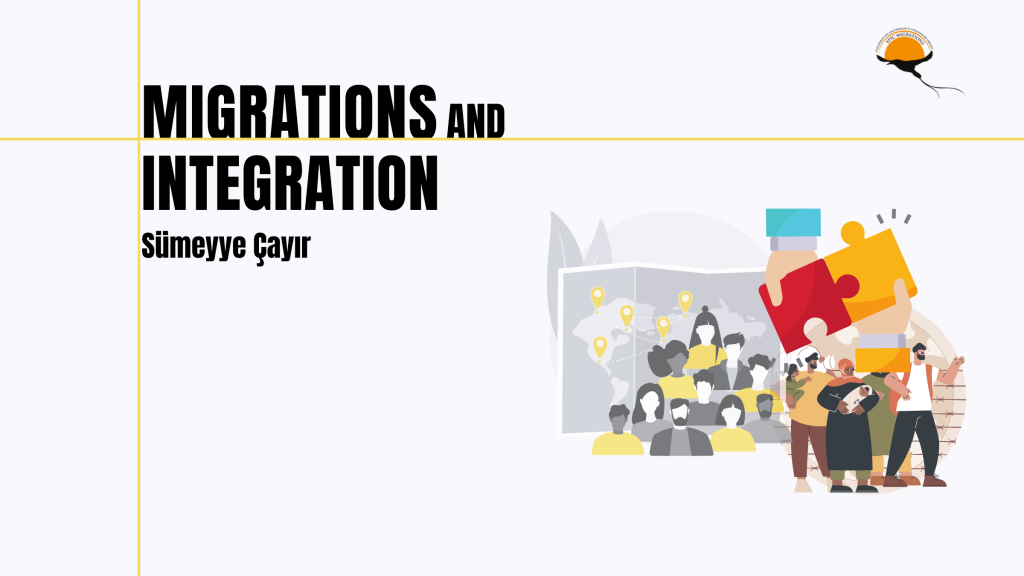Writer: Sümeyye Çayır
Translator: Esra Nur Yurteri
After in 1950, The United Nations High Commissioner for Refugees (UNHCR) was tasked with resolving and managing refugees around the world and protecting refugee rights. At the end of World War II, the 1951 Geneva Convention on the status of refugees was signed. But it failed to provide solutions to today’s complex mass refugee movement. Nowadays, the number of refugees is increasing worldwide. Conflicts are getting longer and camps are inadequate. Because mass migration was perceived as a threat to national security, countries closed their borders and a refugee’s chances of being resettled became less likely. This has been seen to cause the implementation of policies that trigger xenophobia and the rise of violence against immigrants by the immigrant community members.

Social Integration/Adaptation
Integration term is conceptually diverse due to its sociological context. Integration, which has 49 different definitions, does not have a single accepted position. Therefore, it can be generally said that integration is an interactive process between migrants and host community. The adaptation process includes three criteria: legal, economic and social criteria. Socio-cultural adaptation is measured by associating it with the difficulties encountered in daily life. Adaptation problems experienced by immigrants are defined as a process that includes the economic, social, cultural and psychological problems they encounter in the place they migrated, strategies to cope with these stops, and the policies implemented by the country of immigration in response to these problems.

Turkey’s Integration Policies
In Turkish law, the word adaptation is used instead of the word integration, and in Article 96 of the law, it is defined as activities between beneficiaries of international protection and the community they migrated to. In the adaptation process, immigrant groups have to go through a secondary socialization process to adapt to the society they migrated to. For this reason, integration programs are prepared for immigrants. Turkey has witness a lot of movement of migration and taking shelter in historical process. Turkey has been applying an open door policy to refugees from the very beginning. According to the UNHCR 2014 report, Turkey has become the country hosting the highest number of refugees for the first time in its history. This situation has brought some problems with it. The first is their legal status. According to the 1951 Geneva Convention on the Legal Status of Refugees, Turkey only accepts people from the European continent as refugees and does not accept Syrian asylum seekers as refugees. However, since it is not possible to see Syrians as guests, the Law on Foreigners and International Protection No 6458 was enacted. Under this Law, Syrian asylum seekers are not considered refugees, but are defined as “people under temporary protection”. Temporary Protection Regulation was enacted for the healthy execution of Law No. 6458 and regulations were made regarding the rights of Syrians under temporary protection to shelter, residence, education, health and work. Until 2011, there was neither an immigration administration nor an immigration law in Turkey. With increased immigration, the General Directorate of Migration Management was established according to Law No. 6458. Despite all these positive steps, local governments have not taken an active role in the adaptation process. With an additional circular issued on 09.10.2015, AFAD instructed Syrian nationals to access health services in 81 cities of Turkey. Refugees which are mostly unemployed, will be able to apply for a work permit 6 months after being placed under temporary protection within the scope of the Regulation on Work Permits of Under Temporary Protection. These are positive steps towards solving the integration problem of immigrants.

Perhaps the most important issue in terms of the integration problem is society’s perspective on immigrants. Citizens of the host community complain that an unsafe environment is created by the uncontrolled distribution of immigrants from different cultures. In order to overcome such problems, effective cooperation should be established between public institutions, non-governmental organizations and the media and a common solution should be developed.
Conclusion
Although integration and social acceptance are generally considered together, showing different dimensions in the example of Syrians under temporary protection because of the harmony of the immigrants and the acceptance of the society. It would be correct to accept Syrian asylums as “refugees”. It shouldn’t forget that being a refugee is one of the human rights. For Syrian asylum to benefit from public services, people who can speak Arabic and Kurdish should be recruited. Also Syrians should learn Turkish. It does not seem possible for Syrians to integrate with Turkish society without speaking Turkish. Programs can be included in social media, and the society should be informed accurately.
In order to achieve the targeted adaptation, first of all, the immigrants must be self-sufficient. The work of NGOs operating at the local or national level for immigrants cannot compensate for the lack of policy. This need can only be met through public regulations and the preparation of a comprehensive and long-term integration policy.
1 In this article, the word ‘refugee’ is used sociologically, not legally, and refers to forced migrants who seek asylum abroad in their own country and need international protection.
References
Duman, D. (2019), Türkiye’de Göçmenlere Yönelik Entegrasyon Politikalarının Eksikliğinin Değerlendirilmesi, Ekonomi ve Yönetim Araştırmaları Dergisi / Cilt:8
Geyik Yıldırım S. (2021), Suriyeli Kent Mültecilerinin Sosyal Entegrasyonu Üzerine Nitel Bir Çalışma, Kafkas Üniversitesi İktisadi ve İdari Bilimler Fakültesi Dergisi, Cilt:12
Güler, H. (2020), Göç ve Entegrasyon: Türkiye’de ‘uyum’ Ama Nasıl?, Kafkas Üniversitesi İktisadi ve İdari Bilimler Fakültesi Dergisi, Cilt:11
Karasu, M.A. (2017), Uluslararası Göç ve Mülteci Sorunun Çözümünde Kamu Yönetiminin Rolü, (Ed.) Yatkın, A., Uluslararası 11. Kamu Yönetimi Sempozyumu Bildiri Kitabı
Özgüler Canbey, V. (2018), Göç ve Uyum Politikaları, GSI JOURNALS SERIE B: ADVANCEMENTS IN BUSINESS AND ECONOMICS Cilt: 1
Şimşek, D. (2019), Türkiye’de Suriyeli Mülteci Entegrasyonu: Zorlukları ve Olanakları, Ekonomi, Politika & Finans Araştırmaları Dergisi, 4(2).

